|
|
In an era where digital advertising is more competitive than ever, businesses can no longer afford fragmented strategies that focus on singular platforms or isolated tactics. The key to sustained success in digital advertising lies in a holistic approach, where campaigns are optimized across multiple channels, leveraging data-driven insights, audience segmentation, and AI-powered automation. Without this integrated mindset, businesses often suffer from budget inefficiencies, inconsistent messaging, and missed opportunities for engagement and conversion.
To maximize return on investment (ROI), advertisers must go beyond simply running ads. A holistic digital advertising strategy involves a seamless integration of paid search, social media ads, programmatic display, and retargeting, combined with conversion rate optimization (CRO), bid automation, and AI-driven analytics. This approach ensures that every dollar spent delivers maximum value, increasing brand visibility, customer engagement, and revenue growth.
With expertise from WiFi Digital, a leader in performance marketing and advertising optimization, this guide explores the best practices for holistic digital advertising. By aligning targeting, ad creative, landing pages, and AI-driven optimizations, businesses can achieve higher conversion rates, lower cost-per-acquisition (CPA), and long-term advertising efficiency.
Aligning Multi-Channel Advertising for Maximum Impact
One of the fundamental principles of holistic digital advertising is ensuring that campaigns work together across multiple platforms, devices, and audience segments. Many businesses make the mistake of focusing only on one channel, such as Google Ads or Facebook Ads, without realizing that consumers interact with brands through multiple touchpoints before converting. A well-optimized digital strategy ensures that each advertising channel complements the other, reinforcing messaging and maintaining audience engagement.
Integrating search, social, and display advertising allows brands to reach potential customers at different stages of the buying journey. Paid search campaigns in Google Ads and Microsoft Ads target users with high intent, capturing demand from those actively searching for products or services. Social media advertising on Facebook, Instagram, and LinkedIn focuses on brand awareness, engagement, and demand generation, while display and programmatic ads extend reach by retargeting past visitors and engaging new prospects.
A crucial aspect of multi-channel alignment is consistent messaging and creative adaptation across platforms. Consumers expect a seamless brand experience, meaning that an ad they see on Instagram should reflect the same value proposition as a Google Search ad they encounter later. Aligning ad creatives, offers, and calls-to-action (CTAs) ensures a cohesive brand narrative, increasing trust and engagement rates.
Data synchronization plays a vital role in multi-channel advertising success. By integrating analytics from multiple ad platforms, customer relationship management (CRM) systems, and website performance tools, businesses can track cross-platform engagement and adjust bidding strategies accordingly. Advertisers who consolidate data from Google Analytics, Facebook Pixel, and third-party tracking solutions gain deeper insights into user behavior, allowing them to optimize budgets and refine audience targeting in real time.
Leveraging AI-Powered Bid Strategies for Cost Efficiency
As digital advertising evolves, manual bid management is no longer sufficient for optimizing performance. AI-driven bidding strategies have revolutionized ad campaign efficiency, enabling businesses to maximize ROI while minimizing cost-per-click (CPC) and CPA. Google Ads, Meta Ads, and other major advertising platforms have fully integrated machine learning algorithms that automatically adjust bids based on real-time user behavior, competitive trends, and conversion likelihood.
Automated bidding strategies such as Target ROAS (Return on Ad Spend), Maximize Conversions, and Enhanced CPC (eCPC) allow advertisers to optimize bids dynamically without constant manual adjustments. These AI-powered systems analyze historical performance data, auction-time signals, and audience intent to determine the ideal bid for each ad placement. Businesses that implement automated bidding often see higher conversion rates and improved budget efficiency, as AI ensures that ads are delivered to the right users at the right time.
AI also plays a critical role in predictive bidding, where machine learning models forecast which users are most likely to convert based on their past interactions, browsing patterns, and engagement levels. Advertisers who leverage predictive analytics can allocate budgets toward high-intent audiences, reducing wasted ad spend and improving return on investment.
Another advantage of AI-powered bid management is its ability to optimize for seasonal trends and market fluctuations. Unlike manual bidding, which relies on static adjustments, AI-driven bidding strategies adapt in real time, responding to changes in consumer behavior, competitive pressure, and external factors such as holiday shopping spikes or industry shifts. By leveraging machine learning-based bid automation, businesses can maintain a competitive edge while keeping costs under control.
Enhancing Audience Targeting and Personalization for Higher Conversions
One of the biggest advantages of holistic digital advertising optimization is the ability to segment and personalize audience targeting at scale. Advertisers who rely on broad targeting often experience high CPCs and low conversion rates due to inefficient ad delivery. A more effective approach is to implement advanced audience segmentation, ensuring that ads are tailored to specific user intent, behavior, and engagement level.
Segmenting audiences based on demographics, past interactions, and purchasing behavior enables businesses to serve highly relevant ads that resonate with their ideal customers. Custom audience lists, lookalike audiences, and in-market targeting allow advertisers to focus on users most likely to engage and convert. Platforms like Google Ads and Facebook Ads offer powerful tools for refining audience segmentation, enabling businesses to run hyper-targeted campaigns that drive better ROI.
Retargeting strategies also play a key role in enhancing conversion rates. Many users don’t convert on their first interaction with a brand, making it essential to implement intelligent retargeting that re-engages lost prospects. Dynamic retargeting ads display personalized content based on a user’s previous interactions, increasing the chances of conversion. By integrating cross-platform retargeting campaigns, businesses can stay top-of-mind and nurture leads until they are ready to take action.
AI-driven personalization is another game-changer in audience targeting. By utilizing machine learning models that analyze past user behavior, businesses can automatically adjust ad creatives, CTAs, and offers to match individual preferences. Dynamic creative optimization (DCO) ensures that each user sees the most relevant ad variation, improving engagement and conversion performance. Advertisers who implement AI-driven personalization often see higher click-through rates, stronger brand recall, and increased ad effectiveness.
Optimizing Landing Pages to Maximize Conversion Potential
Even the most well-structured ad campaigns will fail to deliver strong ROI if landing pages are not optimized for conversion. A holistic digital advertising strategy must extend beyond ad placements, ensuring that users who click on ads encounter a seamless and persuasive landing page experience.
Landing page optimization starts with message alignment, ensuring that the headline, offer, and CTA match the ad that drove the traffic. Consistency between ad copy and landing page content increases trust and reduces bounce rates, leading to a smoother conversion funnel.
Speed and usability are also critical factors in landing page performance. Research shows that a 1-second delay in page load time can reduce conversions by 7%, making it essential to optimize for fast-loading, mobile-friendly pages. Implementing Google’s Core Web Vitals recommendations, such as reducing page load times and improving interactivity, ensures that visitors stay engaged and complete the desired action.
Conversion rate optimization (CRO) techniques, such as A/B testing different CTA placements, reducing form fields, and adding trust signals, further enhance landing page effectiveness. By continuously refining landing page design and usability, businesses can increase conversion rates while reducing ad spend inefficiencies.
A holistic digital advertising strategy is essential for businesses seeking long-term success and maximum ROI. By aligning multi-channel campaigns, leveraging AI-powered bidding, enhancing audience targeting, and optimizing landing pages, advertisers can create a seamless, data-driven advertising ecosystem that consistently drives high-value conversions.
With WiFi Digital’s expertise in digital advertising optimization, businesses can refine their advertising strategies, improve efficiency, and scale their marketing success. Now is the time to elevate your digital advertising game, integrate AI-driven insights, and maximize ROI through a holistic approach to paid media success. 🚀
WiFi Digital: Connecting Businesses to the Digital Future
In today’s fast-paced world, where a strong digital presence is essential for business growth, WiFi Digital emerges as a strategic partner for small and medium-sized businesses (SMBs). Founded in 2023 and based in London, Ontario, the company has a clear mission: to provide affordable, high-quality solutions that help businesses thrive online. With an experienced and passionate team, WiFi Digital goes beyond simply creating websites and marketing strategies. Its purpose is to empower entrepreneurs, strengthen brands, and give clients more free time to focus on what truly matters – growing their business and improving their quality of life.
WiFi Digital develops websites that authentically and professionally represent your brand, optimizes systems and digital marketing strategies to enhance visibility and return on investment (ROI), and offers affordable, customized solutions, ensuring that businesses of all sizes have access to effective growth tools. With transparency, partnership, and innovation, the company provides each client with the necessary support to achieve real results.
Business digitalization is not just about numbers or metrics. It directly impacts entrepreneurs’ well-being, bringing more organization, efficiency, and freedom to focus on what truly matters. WiFi Digital understands that by investing in digital solutions, businesses gain time, reduce operational stress, and create opportunities to connect better with their customers. A well-structured online presence not only increases sales but also strengthens the public’s trust in the brand.
Beyond technical expertise, WiFi Digital’s key differentiator is its commitment to people. The company values genuine relationships, creates tailored strategies, and works side by side with clients to ensure that every solution meets their specific needs. If you’re looking to boost your brand, attract more customers, and still have more time to focus on what truly matters, now is the time to act!
💡 Transform your digital presence with experts who understand your needs.
📩 Contact us now: contact@wifidigital.ca
🌍 Learn more: www.wifidigital.ca
🚀 Your growth starts here!




